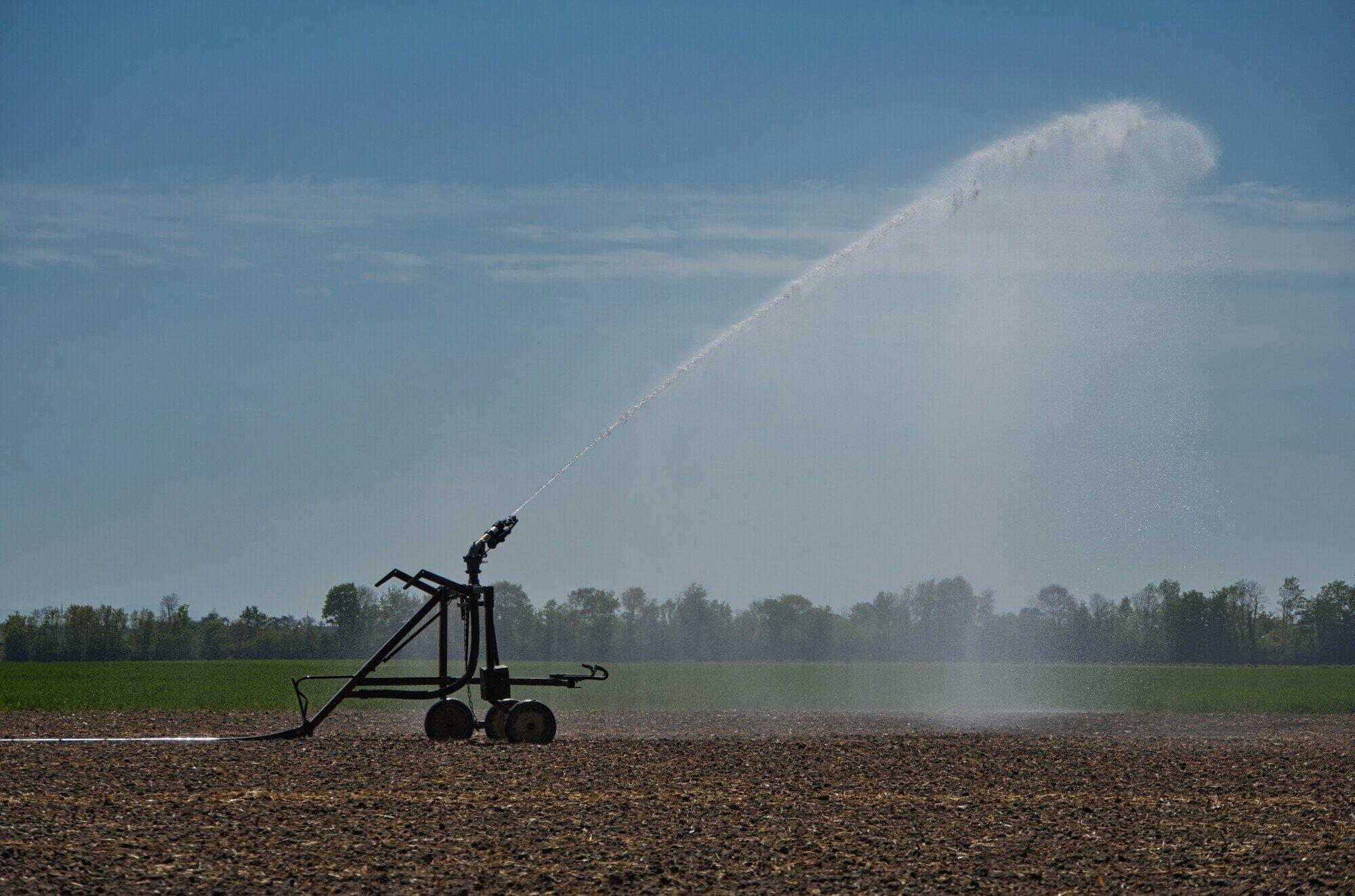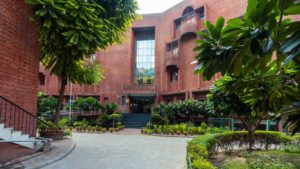Agriculture, the driver of human civilization’s sedentary lifestyle, has evolved significantly. Farming has been at the heart of human progress.
This is from the hunter-gatherer societies to the modern era. Yet, as we face new challenges such as climate change and a growing population, the ancient practice of cultivating soil becomes an even more critical aspect of survival.
Today, we’re going to discuss how modern-day field irrigation techniques hold the key to maximizing crop yields. Read on.
Understanding the Importance of Proper Irrigation
Simply put, irrigation is the process of applying controlled amounts of water to plants at intervals. This is rather than relying on precipitation alone. It’s an integral part of modern agriculture.
Especially in arid and semi-arid regions where water is a limiting factor. Efficient irrigation is crucial for delivering the right amount of water at the right time to optimize growth and yield. This is without depleting water resources or causing other environmental problems.
The Impact of Irrigation on Crop Yields
Irrigation can have a profound impact on crop yields. When plants don’t receive enough water, they become stressed and are unable to grow to their full potential.
On the other hand, over-irrigation can lead to waterlogging, which suffocates the plant’s roots and inhibits nutrient uptake. This leads to stunted growth and reduced productivity.
Choosing the Right Irrigation System
There are several farm irrigation systems available, each with its advantages and limitations. The key is to choose the one that best fits the specific needs of your crop and your field.
Drip Irrigation
Drip irrigation works by applying small amounts of water directly to the soil at or near the root zone of plants. This method minimizes evaporation, runoff, and water loss due to wind. It is highly efficient and can be used to apply precise amounts of water, nutrients, and other agrochemicals.
Sprinkler Irrigation
Sprinkler systems distribute water through pressurized pipes and spray it in the air, somewhat mimicking rainfall. This system can cover large areas and is suitable for a wide range of crops. However, it is less water-efficient than drip irrigation.
Furrow Irrigation
Furrow irrigation is an old method that involves creating small channels along the field and filling them with water. This technique is simple and suitable for many crops, but it can be less uniform and efficient than the more modern methods.
Implementing Modern Technology in Irrigation
With advancements in technology, irrigation systems have become increasingly sophisticated. There are now tools being used, such as:
- moisture sensors
- weather forecasts
- automated control systems
Check out https://www.aimarizona.com to learn more about it.
Remote Sensing and Control
Remote sensing technologies, including drones and satellites, can be used to monitor crop health and water stress. Combined with automated control systems, these tools allow for adjustments to be made to irrigation schedules and volumes in real time.
Precision Irrigation
Precision irrigation takes things a step further. This is by applying water and nutrients in precise amounts and at precise times to the exact area of the field that needs it. This is possible with the use of advanced equipment and data analysis.
Improve Field Irrigation Today
Proper field irrigation is a complex interplay of science, technology, and on-the-ground expertise. It’s not just about watering the fields. It’s about optimizing every aspect of water delivery.
This is to enhance agricultural productivity sustainably. The importance of the right irrigation technique cannot be overstated in a world where agriculture is the backbone of the economy. It’s also the guardian of our future food security.
If you want to read more articles, visit our blog.





Be First to Comment